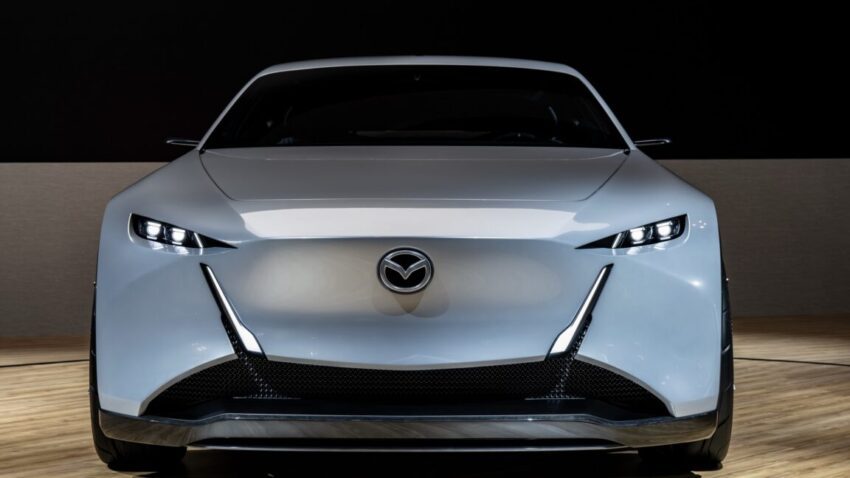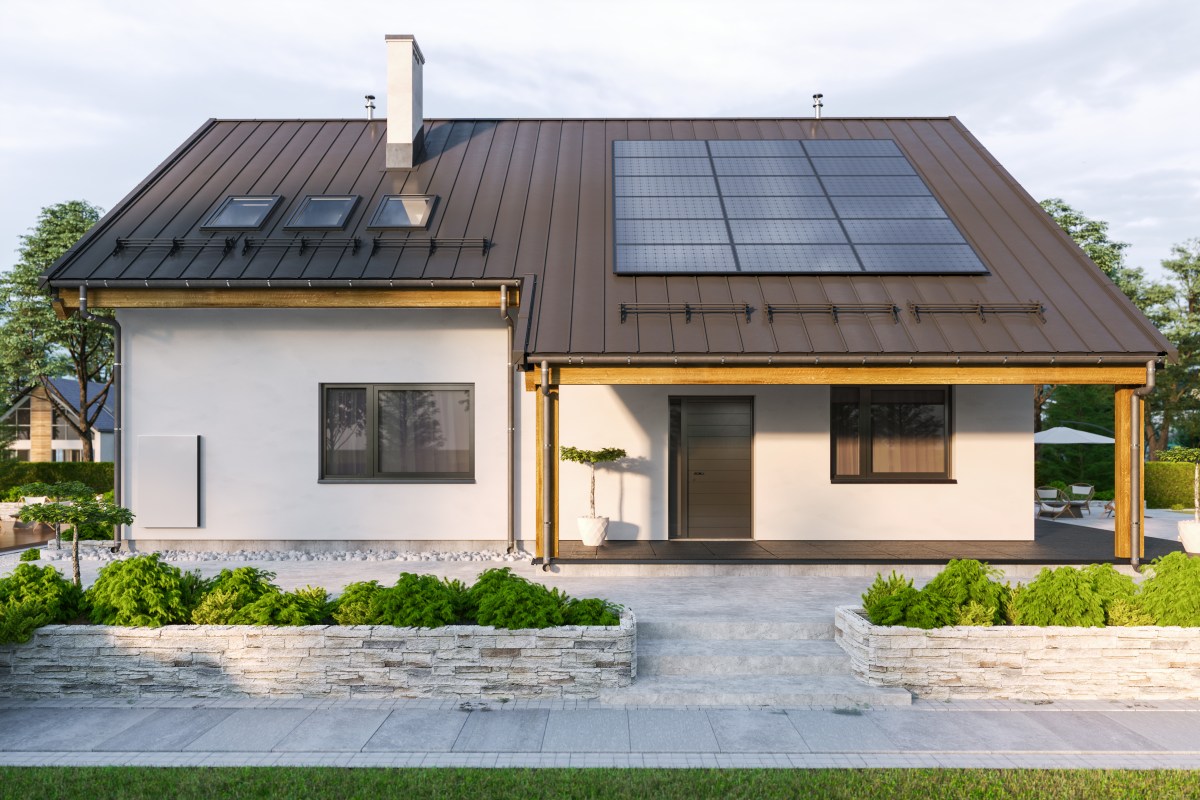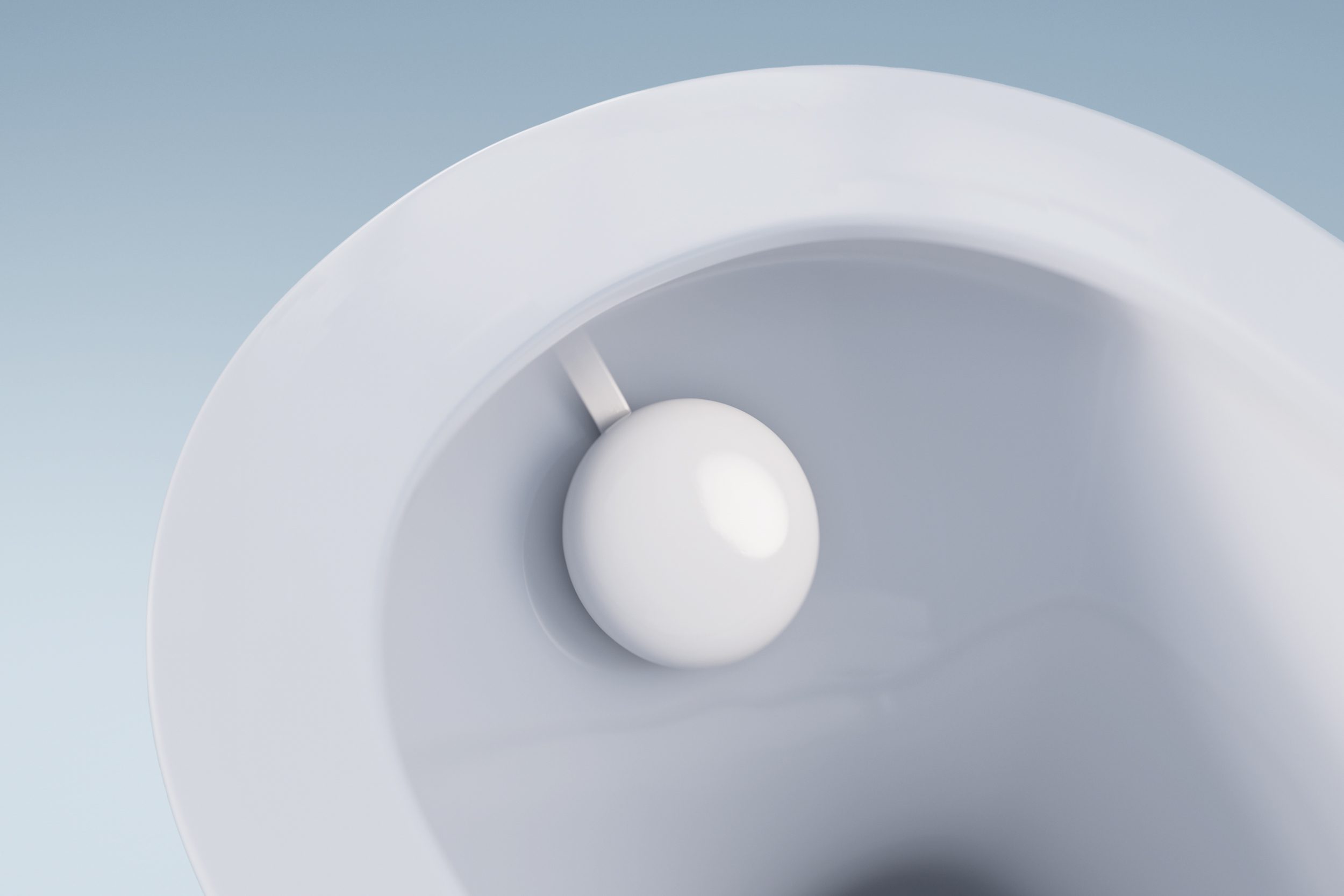
mazda shows a rotary hybrid concept for The Japan Mobility Show in Tokyo has become a platform for Mazda to unveil its latest innovations, including a rotary hybrid concept that emphasizes the brand’s commitment to sustainable driving.
mazda shows a rotary hybrid concept for
Introduction to the Japan Mobility Show
The Japan Mobility Show, which commenced this week in Tokyo, serves as a significant event in the automotive calendar, showcasing cutting-edge technology and design from various manufacturers. This year, Mazda has taken the opportunity to present its vision for the future of driving, encapsulated in the theme “the joy of driving fuels a sustainable tomorrow.” This theme reflects Mazda’s ongoing commitment to blending performance with environmental responsibility, a balance that is increasingly important in today’s automotive landscape.
The Vision X-Coupe: A New Era of Design
Among the highlights of Mazda’s presentation is the Vision X-Coupe, a concept vehicle that represents the evolution of the company’s KODO design language. This design philosophy, which translates to “Soul of Motion,” was first introduced at the Tokyo show a decade ago and has since become a hallmark of Mazda’s aesthetic approach. The Vision X-Coupe showcases a sleek, long, and low profile, embodying the elegance and dynamism that Mazda aims to convey through its vehicles.
Design Elements
The Vision X-Coupe is a four-seat, four-door coupe that draws visual parallels to existing models such as the Mazda 3 hatchback and the CX-30 crossover. However, it distinguishes itself with a more elongated silhouette that enhances its sporty appeal. The design features smooth lines and a sculpted body, which not only contribute to its aesthetic appeal but also improve aerodynamics—an essential factor in enhancing fuel efficiency and performance.
While the design language is undoubtedly striking, it is the underlying sustainability initiatives that may hold greater significance for the automotive industry. Mazda has long been recognized for its innovative engineering, and the Vision X-Coupe is no exception. The vehicle is equipped with a powertrain that combines a two-rotor turbocharged rotary engine with a plug-in hybrid system, producing a robust 503 horsepower (375 kW).
Performance and Sustainability
The powertrain configuration is designed to offer both exhilarating performance and environmental benefits. Mazda claims that the Vision X-Coupe will achieve a total range of 500 miles (800 km), with an impressive 100 miles (160 km) available on battery power alone. This dual capability allows for a more versatile driving experience, catering to both daily commuting needs and longer journeys without the anxiety of frequent refueling.
This hybrid approach is particularly noteworthy given the automotive industry’s shift toward electrification. Many manufacturers are investing heavily in electric vehicles (EVs), but Mazda’s integration of rotary technology into a hybrid system represents a unique strategy. The rotary engine, known for its compact size and lightweight design, has been a signature of Mazda’s engineering for decades, particularly in models like the RX-7 and RX-8. By adapting this technology for hybrid applications, Mazda aims to retain the performance characteristics that enthusiasts love while addressing the growing demand for more sustainable vehicles.
Implications for the Automotive Industry
The introduction of the Vision X-Coupe and its rotary hybrid powertrain could have significant implications for the automotive industry. As manufacturers grapple with stringent emissions regulations and the push for greener technologies, Mazda’s approach may offer a viable alternative to traditional internal combustion engines and fully electric vehicles.
Market Trends and Consumer Preferences
Consumer preferences are shifting, with many buyers seeking vehicles that not only perform well but also align with their values regarding sustainability. The Vision X-Coupe addresses this trend by offering a high-performance vehicle that does not compromise on environmental responsibility. This could position Mazda favorably in a competitive market where consumers are increasingly discerning about the ecological impact of their purchases.
Moreover, the hybrid model may appeal to those who are hesitant to fully transition to electric vehicles due to concerns about charging infrastructure and range anxiety. By providing a plug-in hybrid option, Mazda could attract a broader audience, including those who may still prefer the familiarity of a combustion engine while enjoying the benefits of electric driving.
Stakeholder Reactions
Initial reactions from industry stakeholders and automotive enthusiasts have been largely positive. Many have praised Mazda for its innovative approach and commitment to sustainability. The Vision X-Coupe has been described as a bold step forward, not just for Mazda but for the industry as a whole. Enthusiasts are particularly excited about the return of the rotary engine, which has a dedicated following due to its unique characteristics and performance capabilities.
However, some skepticism remains regarding the practicality of rotary engines in the modern automotive landscape. Critics point out that while rotary engines are lightweight and compact, they have historically struggled with fuel efficiency and emissions compared to traditional piston engines. Mazda will need to demonstrate that its rotary hybrid technology can overcome these challenges to gain broader acceptance.
The Future of Mazda and Rotary Technology
The Vision X-Coupe signifies more than just a concept vehicle; it represents Mazda’s vision for the future of driving. The company’s commitment to evolving its rotary technology within a hybrid framework could pave the way for new innovations in the years to come. As the automotive industry continues to evolve, Mazda’s ability to adapt and innovate will be crucial in maintaining its competitive edge.
Looking Ahead
As the Japan Mobility Show progresses, it will be interesting to see how Mazda’s competitors respond to the Vision X-Coupe and its unique powertrain. The automotive landscape is rapidly changing, with manufacturers exploring various pathways to achieve sustainability. Mazda’s approach may inspire others to consider alternative technologies that blend performance with environmental responsibility.
The Vision X-Coupe is not just a showcase of design and engineering prowess; it is a statement about the future of mobility. As consumers become more conscious of their impact on the environment, vehicles like the Vision X-Coupe could play a pivotal role in shaping the next generation of automobiles. The combination of performance, style, and sustainability may well define what consumers expect from their vehicles in the coming years.
Conclusion
In summary, the Vision X-Coupe unveiled at the Japan Mobility Show represents a significant step forward for Mazda as it seeks to balance performance with sustainability. With its rotary hybrid powertrain and evolved design language, the concept vehicle encapsulates the brand’s commitment to innovation and environmental responsibility. As the automotive industry continues to navigate the complexities of electrification and sustainability, Mazda’s approach may serve as a model for others to follow.
Source: Original report
Was this helpful?
Last Modified: October 29, 2025 at 9:36 am
0 views















